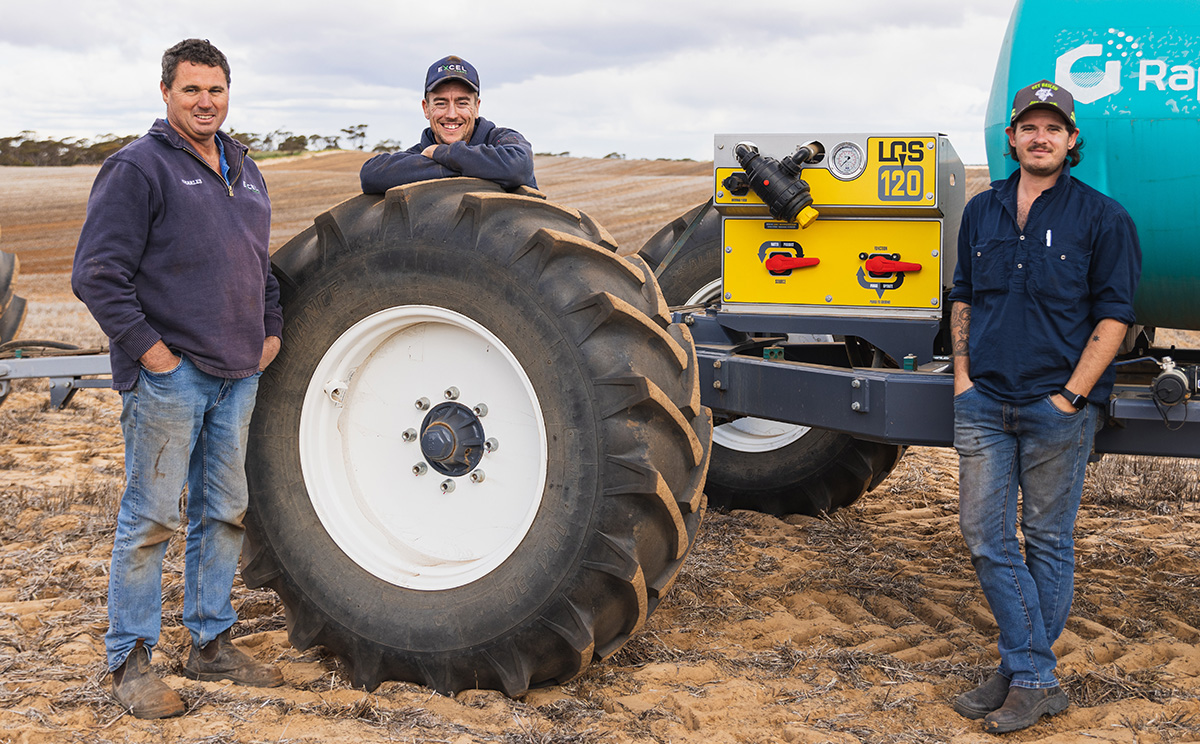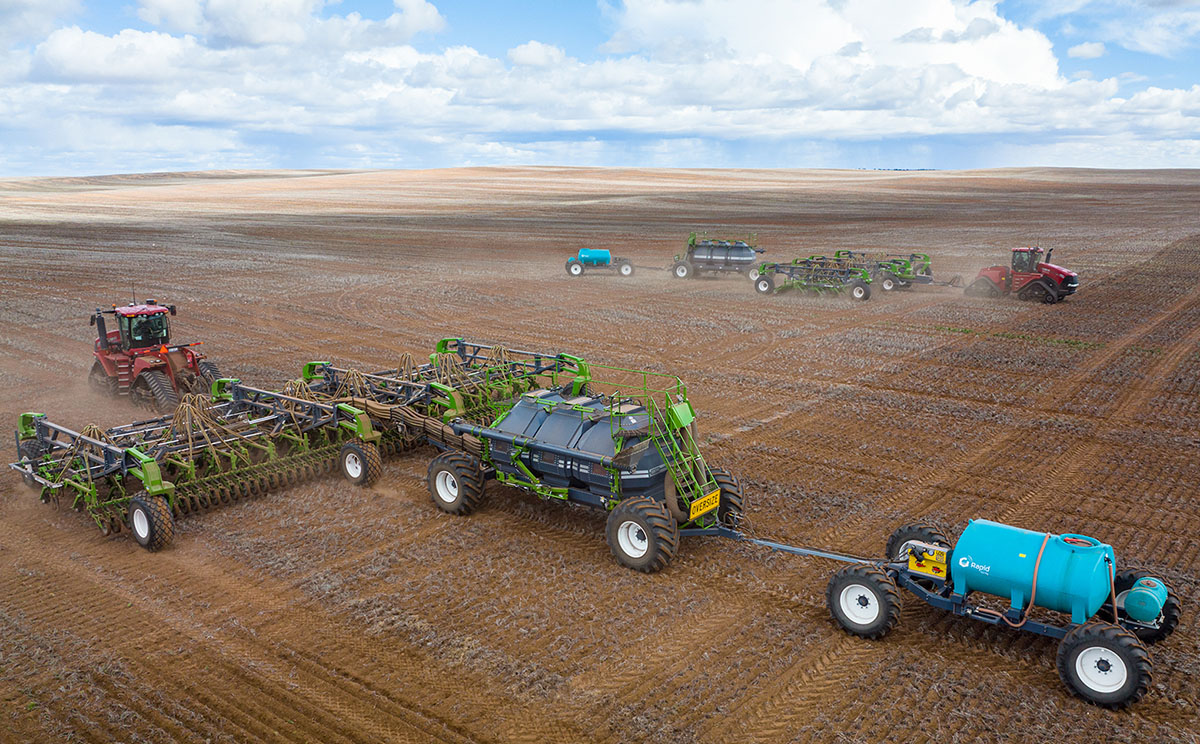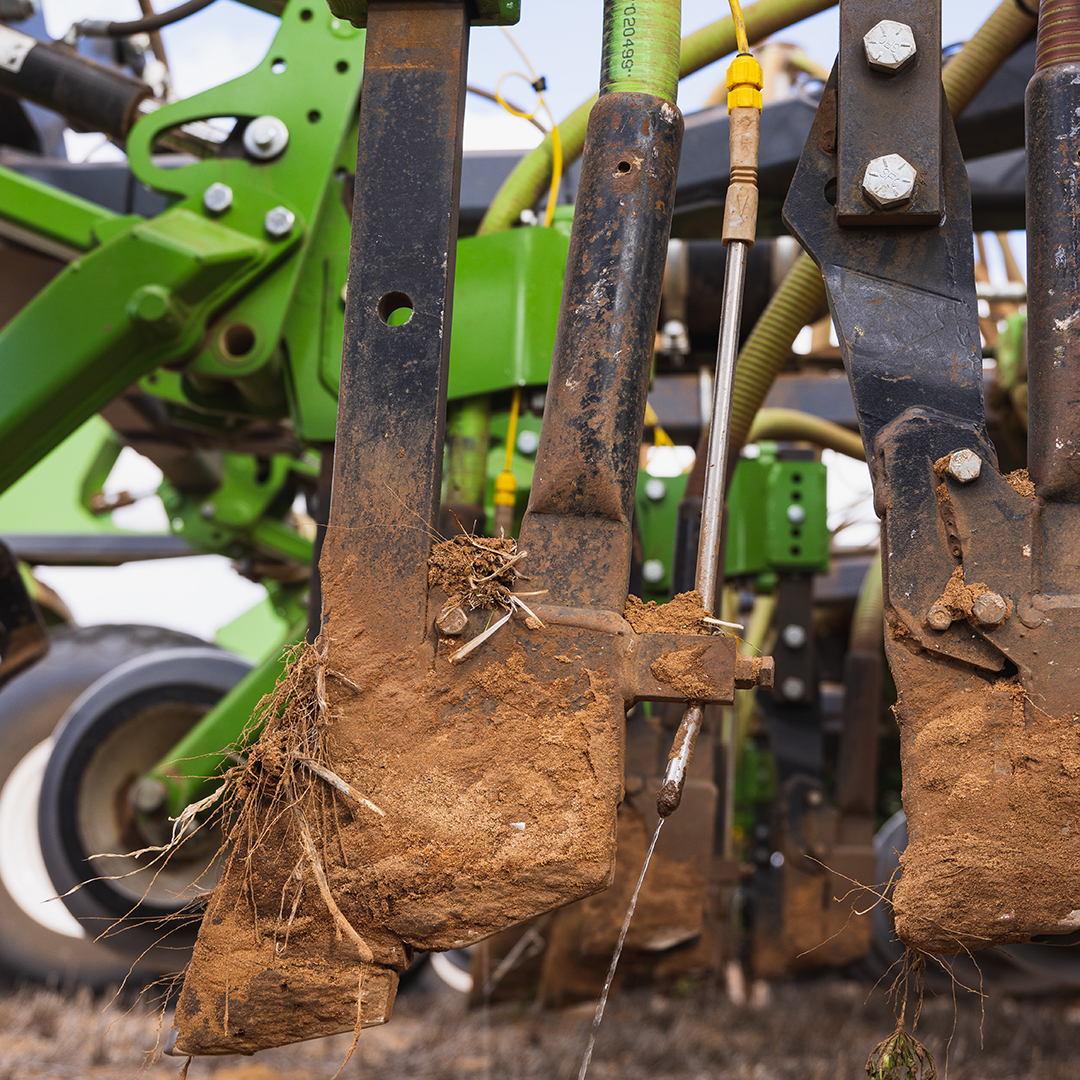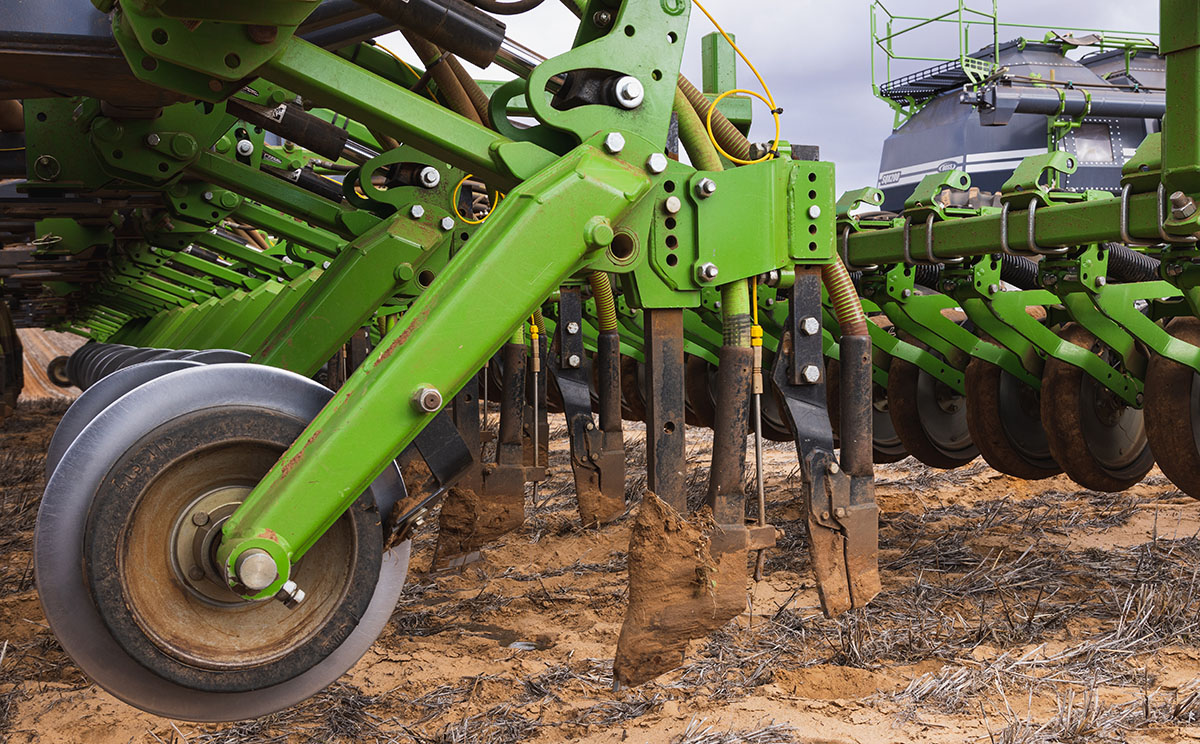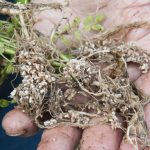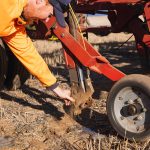Crops excel with early liquids in the Mallee
After installing Liquid Systems (SA) units on seeders sold by a Victorian machinery company for several years, it was a no-brainer for Charles Wheeler to choose them when he joined Excel Farms.
| ABOUT |
|---|
- WHO:Charles Wheeler, Chief Operations Officer- Cropping Excel Farms
- WHERE: Excel Farms, northwest Victoria
- CROP: 20,000 hectares of wheat, barley, canola, lentils, lupins, field peas and oats
- INPUTS: Trace Elements (zinc, copper, sulphur), Fungicide
- EQUIPMENT: 2 x LQS120 Modules mounted on two 5000L tow-behind liquid carts, each with LQS-ASST5 five manifold Stacker kit serving 60 outlets on two Boss Engineering bars
| KEY OUTCOMES |
|---|
- Simple, easy and reliable operation
- Confidence of knowing products won’t need to be applied in-crop
- Option to apply more than one liquid in future
As Chief Operating Officer for cropping across the organisation’s three cropping farms, Charles is responsible for 32,000ha in the Mallee, Wimmera and Western Districts regions of Victoria. Excel Farms is a joint venture between a Victorian farming family and a specialist agricultural investment firm.
It bought the land that makes up the Mallee aggregation west of Ouyen in 2020 and immediately adopted liquid application of nutrients at seeding.
Charles said there were several reasons for that decision. “One of the farms that was there had been using liquid for a very long time,” he said.
What I like about the Liquid Systems (SA) systems is the overall package. As a company, we’ve got eight seeders running at the same time. It needs to be simple for the operators and it needs to work well.
“We liked what we saw there in terms of the usability, and they had a Liquid Systems (SA) system. So we just followed suit with that.
“And probably the other reason was, in a previous place that I was employed, we actually installed Liquid Systems (SA) systems onto seeders, and I liked dealing with the staff at Liquid Systems (SA). The support is on the end of the phone and they’re an easy company to work with.”
Charles said he’d received only positive feedback from growers who used the systems, which were well built, and Liquid Systems (SA) staff had always been extremely helpful in answering any questions.
Located near Tutye, between Underbool and Murrayville, the Mallee farm has three main soil types: sandy loam, sand and patches with limestone. The pH ranges from 5-6.5 in the upper layers of sand and 5.5-7 in the other soils, and average annual rainfall is 325mm.
After taking delivery of their four seeders, the Excel Farms team installed a Liquid Systems (SA) LQS-ASST5 five manifold stacker kit serving 60 outlets on each of the two Boss Engineering bars and a LQS120 Module on two 5000L tow-behind carts.
They set up a 25,000 litre tanker as a “nurse truck” in which the trace elements zinc, copper and sulphur are premixed before being delivered to the paddock and pumped into the carts. “It’s a pretty simple setup, really,” Charles said.
“It’s not a complicated one, it was built for efficiencies. We run four seeders in the Mallee, two Boss TX 65 row-unit seeders and two Horwood Bagshaw Scaribar seeders, so we needed something that was pretty easy to deal with.”
Charles said a major benefit of using a liquid system was the ability to apply it to paddocks that required it, rather than taking a broad-brushed approach.
“About 25% of the entire area receives fungicides in the row through the liquid system, whereas the rest of it’s just getting standardised treatment,” he said.
After producing two years of winter crops on the Mallee farmland, Charles said he was pleased to see soil tests showed nutrient levels were either stable or improving.
“It’s still very early days,” he said. “Given the fact that we’re only applying trace elements, we won’t expect to see huge results for five years.
We’re working on slowly building a bank of trace elements over time and our bench line soil tests second year are better than they were previous to when we purchased the farm. We’re very comfortable with what we’re doing.
“We’re working on slowly building a bank of trace elements over time and our bench line soil tests second year are better than they were previous to when we purchased the farm. We’re very comfortable with what we’re doing.”
Charles said using liquids as well as granular products added a layer of complexity to seeding, but the reassurance that came from applying products upfront was worth it.
“We know that we’ve got our trace elements correct and we don’t have to chase them in-crop, because it’s already done,” he said.
During the next two years they expect to start applying UAN, which is compatible with the trace element mix, through the liquid system as well as standard granular nitrogen fertilisers such as urea.
Charles said this would allow them to give crops an early nitrogen boost to support germination and emergence.
He suggested any farmers thinking about converting to liquids would need to be comfortable with the idea of applying a third or fourth product at seeding time and understand how their business would benefit in the longer term.
“It’s obviously all about efficiency,” he said. “If you’re comfortable with that, and you know why you want to put those things out, then that’s great. And then probably the next step would be to make sure that you pick up a well-rounded system.
“What I like about the Liquid Systems (SA) systems is the overall package. As a company, we’ve got eight seeders running at the same time. We have found it to be straight forward for our operators, in turn producing better results. If the system was difficult to use, it would be challenging to keep the pace required in our seeding program. I don’t get negative feedback from our staff about the Liquid Systems, and they understand the broader theory and are happy to implement the program as they know it reduces in-crop passes.”
Get a Quote
"*" indicates required fields

